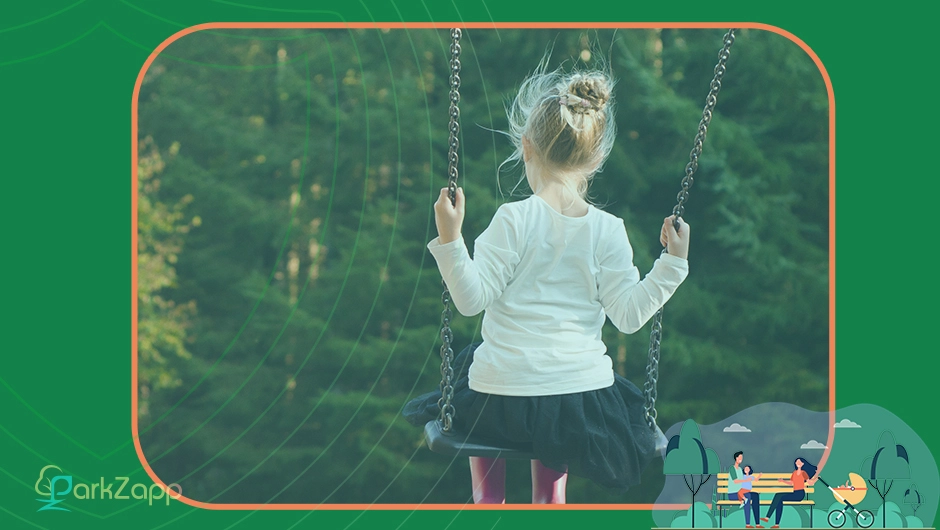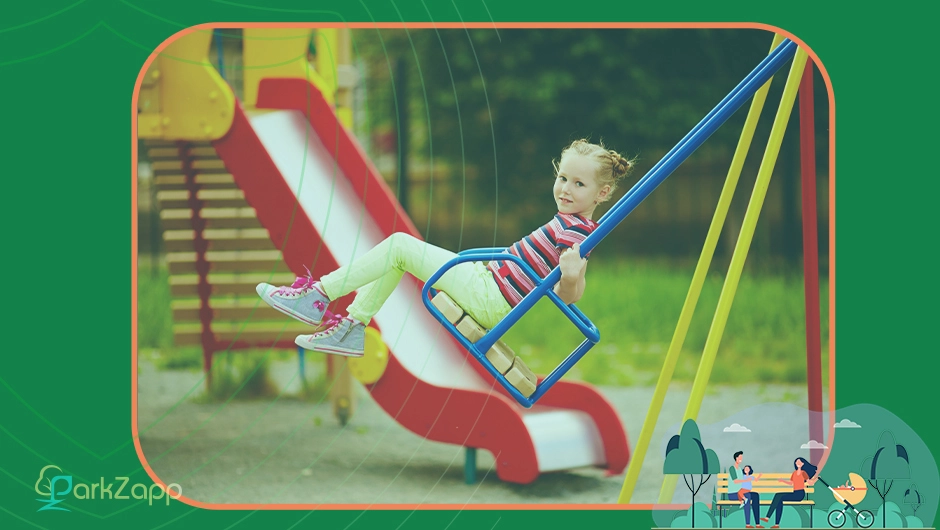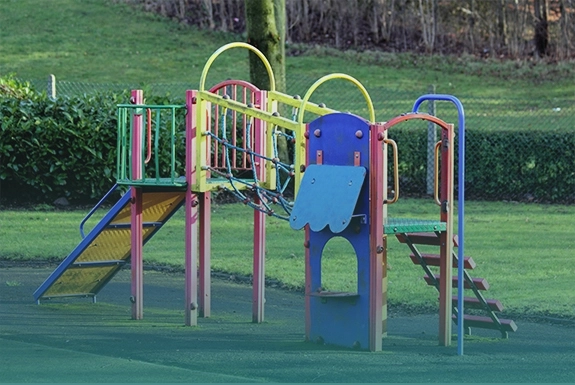
Tips for playground care and routine inspections
Facility managers understand that play equipment, protective surfacing, planning, and site development are significant investments in their organizations and communities. Therefore, it makes economic sense to maintain equipment and take steps to extend its useful life. Proper maintenance and inspections also serve to mitigate risk to children, along with costly accidents due to unsafe conditions.
- Conduct consistent field checks and safety inspections of play equipment and grounds. The safety and security of children should be a top priority for facility managers who oversee playground care. The goal of playground inspections is to check for excessive wear, deterioration, and potential hazards on and near the equipment. When checking equipment, take care to look for loose or missing items - such as bolts, nuts, or screws. Next, tighten fasteners that have become loose or replace them when necessary. And lastly, eliminate any metal equipment that has become excessively rusty.
- Keep an eye out for insects and pests that could cause harm to children. Facility managers need to take preventative measures to keep pests out of playgrounds year-round, as pests can cause messes, carry diseases, trigger allergies and bite children. Take steps to protect your playground by implementing a pest control program or working with a local pest control company. A pest-free environment is a great way to protect children from harm.


Take steps to eliminate potential tripping and falling hazards. Without proper care, playgrounds can be sites for unforeseen bodily injury risks, including trips, falls from heights, and even impact with equipment. Safe equipment, paired with proper preventative maintenance, can go a long way in eliminating injury. Every day, look for items that could cause trips and falls, including damaged concrete, tree roots, felled branches, rocks, abrupt elevation changes, and uneven surfaces. And lastly, provide guards on elevated equipment, including platforms, ramps, and bridges, to prevent accidental falls.



